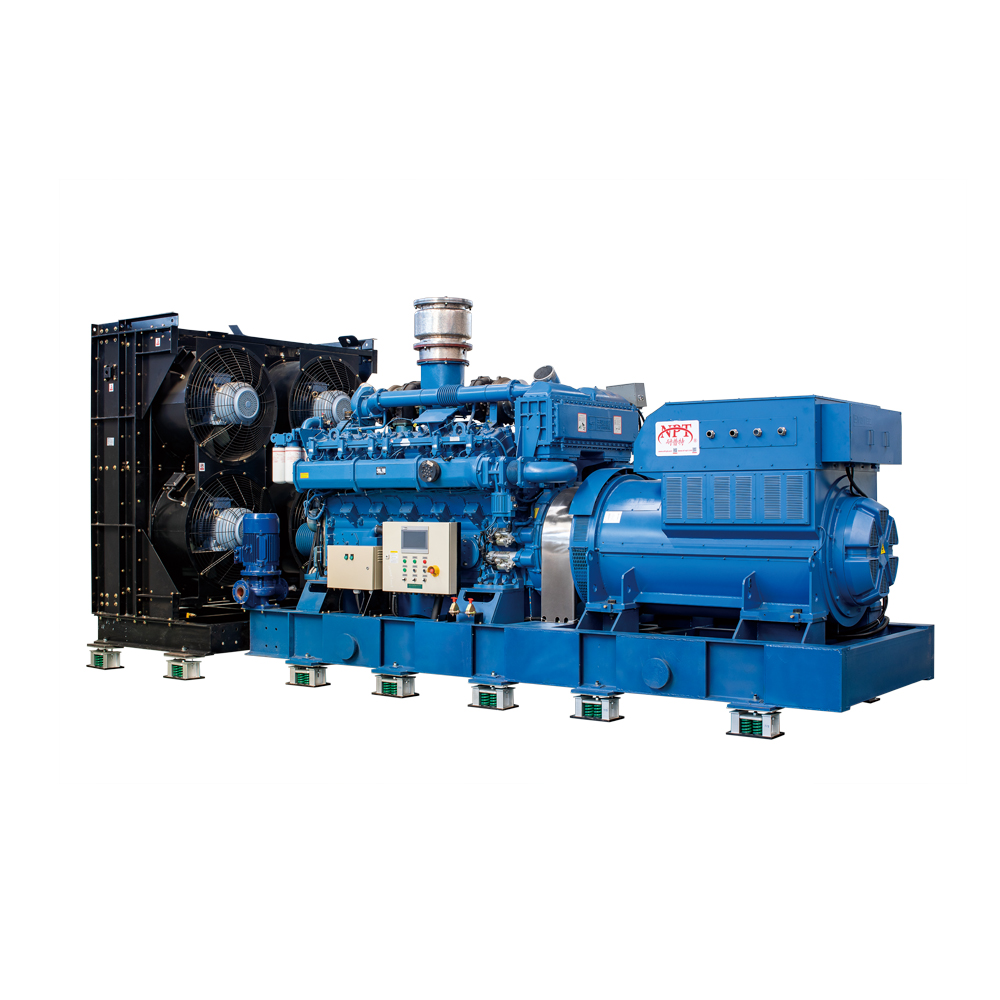Since the end of the 1980s, the world power industry is undergoing a development from a centralized power supply mode to a power supply mode that combines centralized and decentralized power supply. According to the experience of Western countries, the combination of large power grid systems and distributed power generation systems, distributed power generation technology, as a useful supplement to large power grids, is an important method to save investment, reduce energy consumption, and improve system security and flexibility. Future power generation technology.
At present, gas-fired cooling, heating and power distributed energy generators generally operate in the manner of “connected to the grid without going online”. The capacity of the generator is smaller than the capacity on the user side. At this time, the generator and the power system provide power for the electrical equipment, and the generator is connected to the grid for operation. When a square generator fails, the power system will carry all the load; when the power system fails, the generator will carry the more important load under its rated capacity. The non-synchronous paralleling of generators will generate a large inrush current, which will not only threaten the safety of the unit itself, but also cause fluctuations and destabilization of the power grid. Therefore, the synchronization device and control and protection devices are required to be complete and reliable.
1. Grid connection conditions of generators
(1) The phase sequence of the power generated by the generator is the same as the phase sequence of the grid bus. Otherwise, not only the generator cannot enter synchronization, but also a large beat current will be generated, which will cause the generator winding to withstand excessive electromotive force and cause the coil to deform and short-circuit.
(2) The effective value of the voltage of the generator is equal to or close to the effective value of the voltage of the power grid (voltage difference <10%), and the waveform is the same.
(3) The frequency of the generator should be basically equal to the frequency of the electric power system (the frequency difference should not exceed 0.5-1 Hz).
(4) The voltage phase of the generator is equal to the voltage phase of the power system power supply (phase difference <10°).
2. Grid connection process of generators
When the generator is running in parallel with the power grid, since the capacity of the power grid is much greater than that of the generator, the change in the working status of the generator will not affect the grid voltage and frequency. When the generator is parallel to the grid, the grid voltage and frequency can be considered unchanged. The gas generator detects the voltage, frequency and phase of the grid through the automatic grid-connecting device, and uses this as a reference to adjust the output voltage of the gas generator by increasing or decreasing the excitation current, changing the speed of the gas generator to adjust the frequency, and adjusting the instantaneous speed To meet the phase difference. At the moment when the parallel conditions are basically met, the main breaker of the generator is closed to put the generator into the system, which is the parallel process of generators.
3. Generator grid-connected control system
In order to intuitively judge whether the parallel conditions are met, the generator’s synchronization screen is equipped with a voltage difference meter, two sets of synchronization indicators and a synchronization table for inspection and monitoring, and is equipped with an automatic quasi-synchronization device. The voltage difference meter can be used to measure the voltage difference between the terminal voltage of the generator to be connected to the grid and the grid busbar; the frequency and phase sequence between the generator and the grid busbar can be checked by the dimming and bright of the synchronization indicator; When the frequency of the parallel generator is higher than the operating frequency of the power grid, the pointer of the synchronization meter will rotate clockwise rapidly, otherwise it will rotate counterclockwise. The greater the frequency difference is, the faster the pointer of the synchronization meter will turn. When the frequency difference decreases, the pointer rotation will slow down. When the frequency difference on both sides is reduced to a certain degree, the frequency is very close. The angle between the pointer position and the synchronization point is The phase difference of the voltage on both sides. When the above-mentioned instrument indicates that the parallel conditions are met, the manual quasi-synchronization operation can be performed. At present, all types of small gas generators are equipped with complete automatic grid-connected control systems and automatic load distribution systems.
Post time: Jul-26-2021


